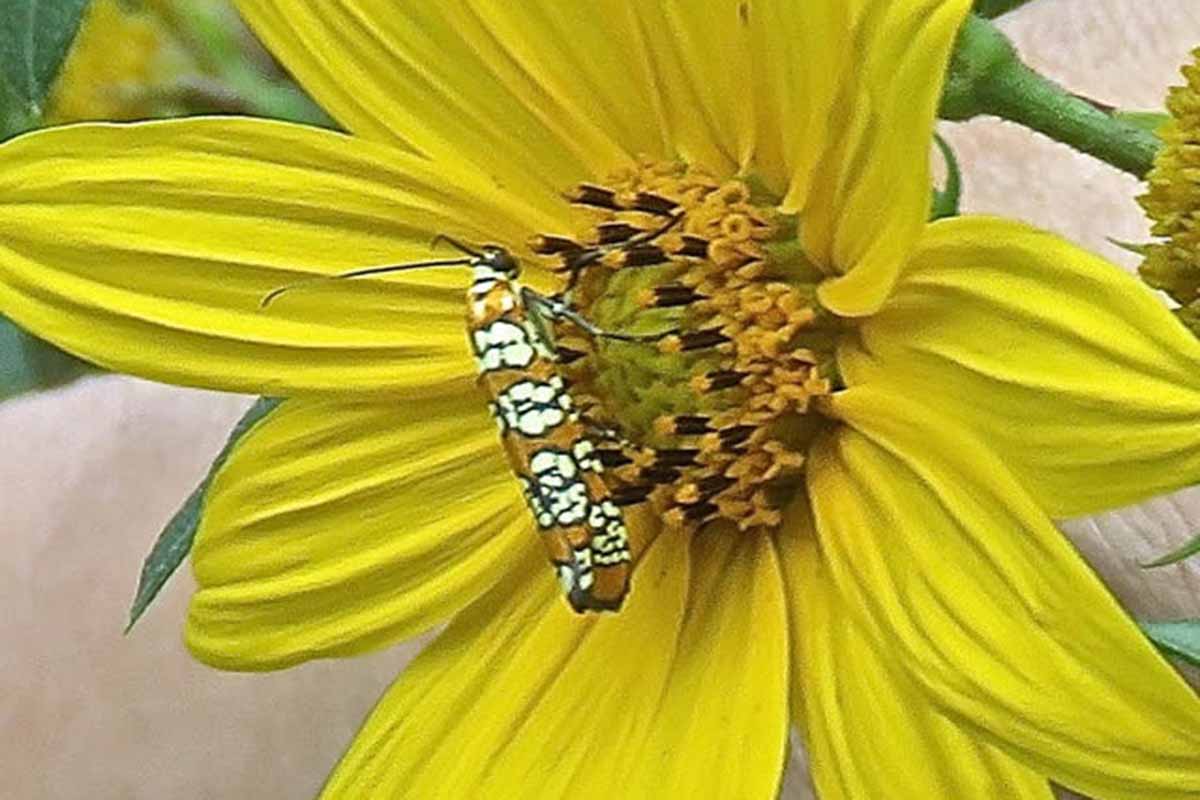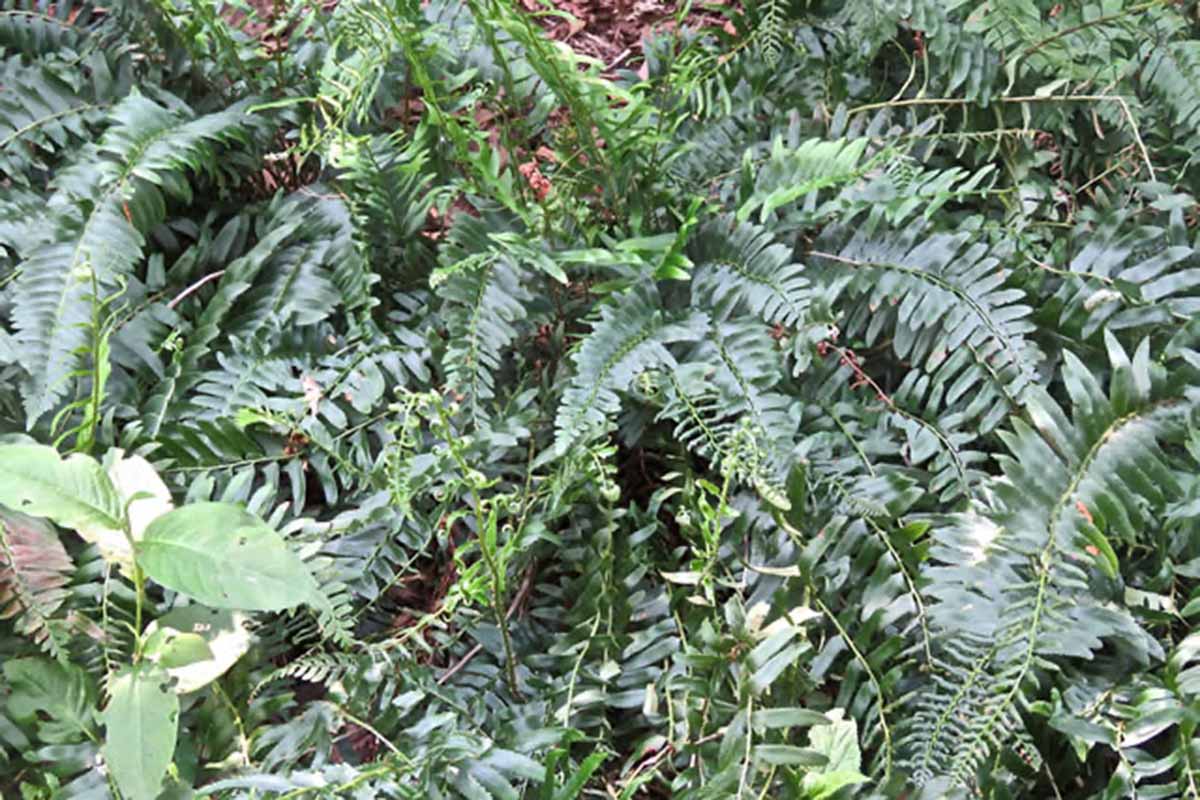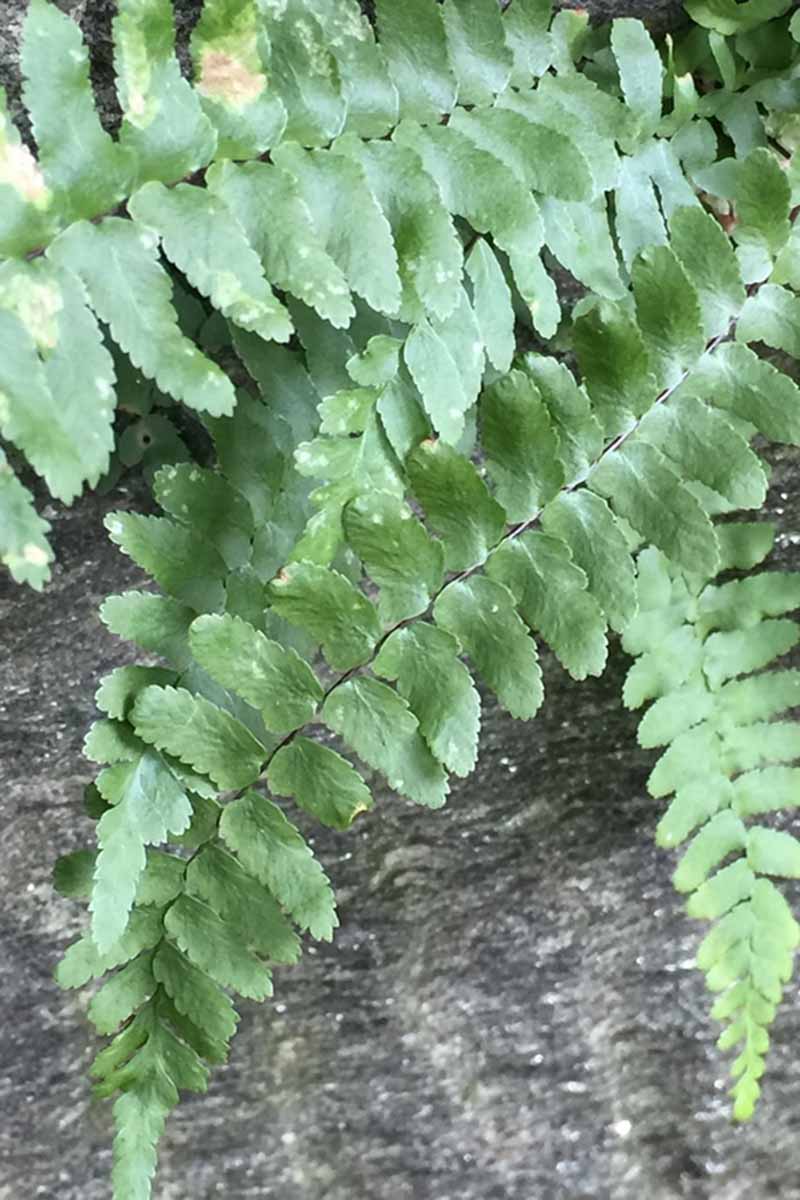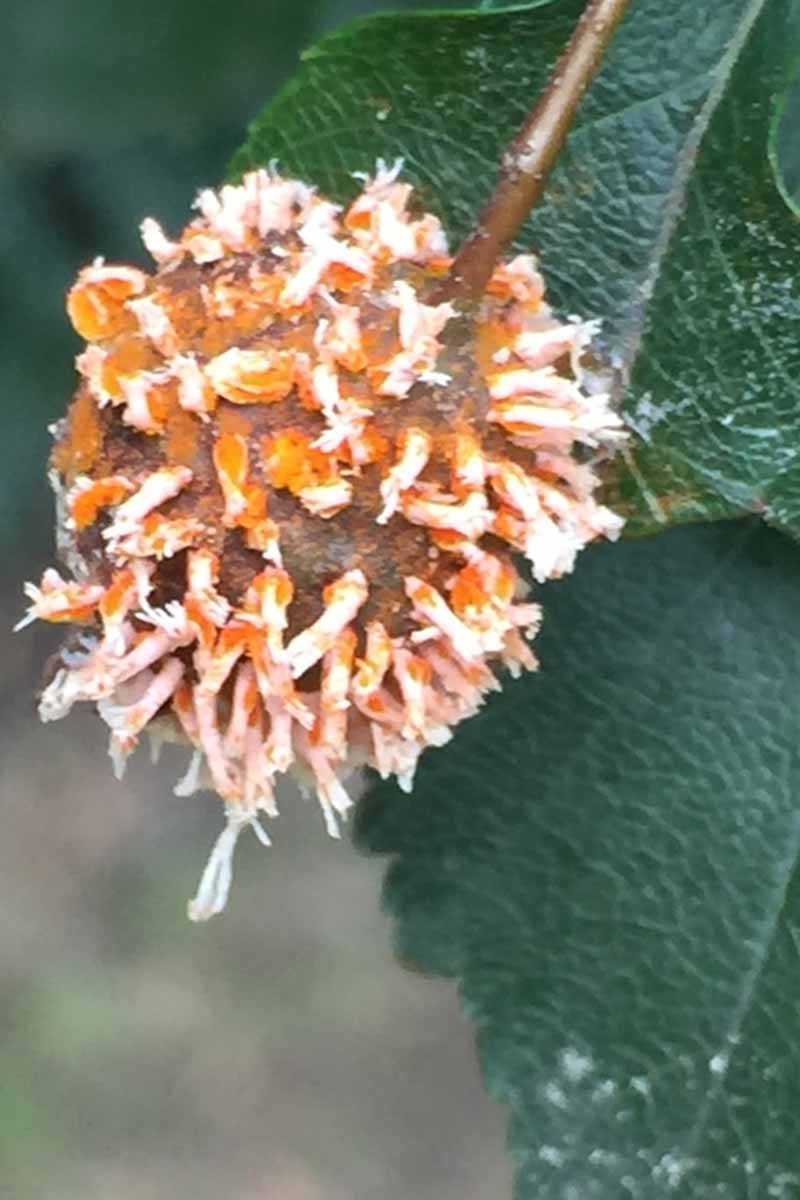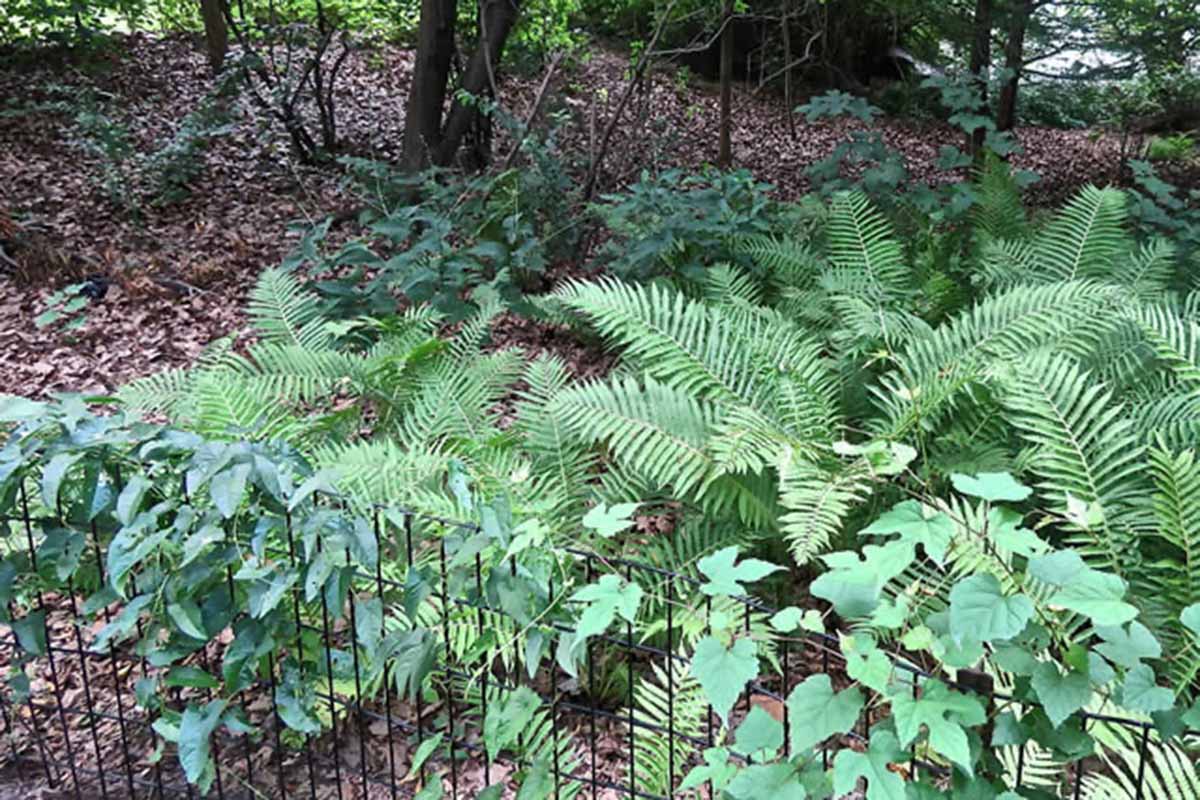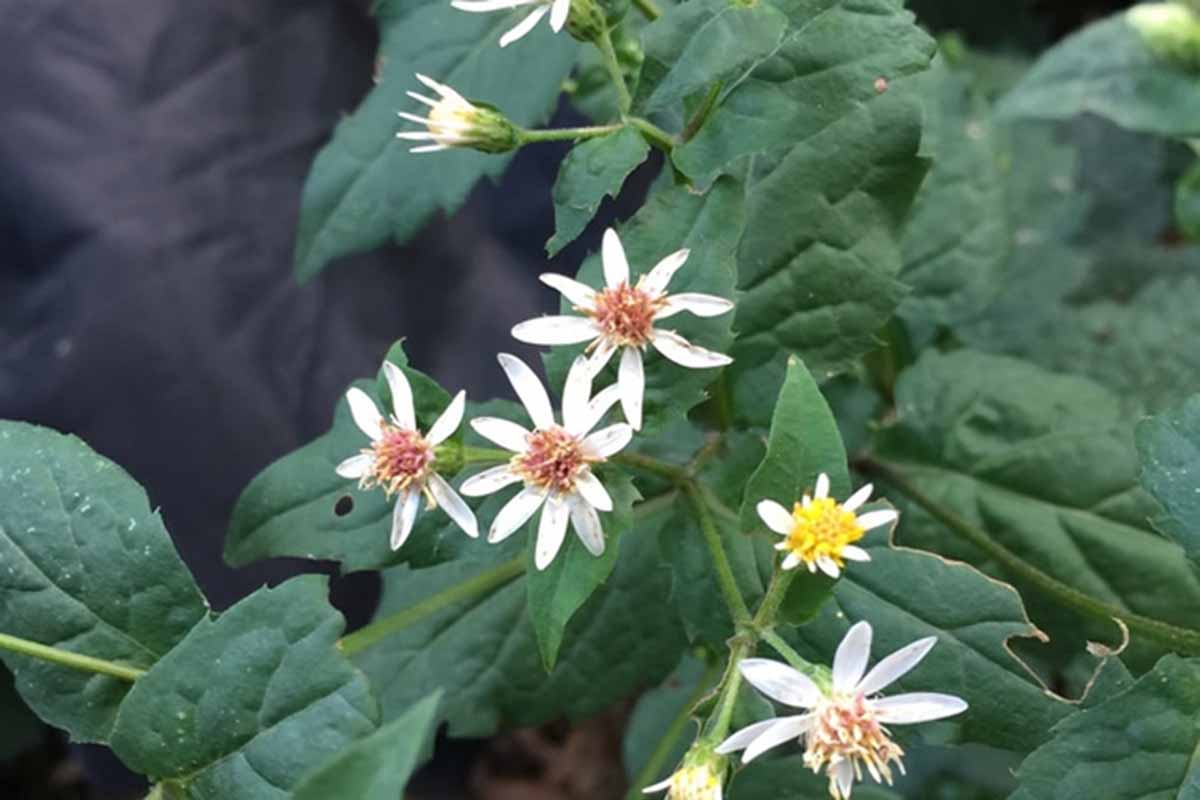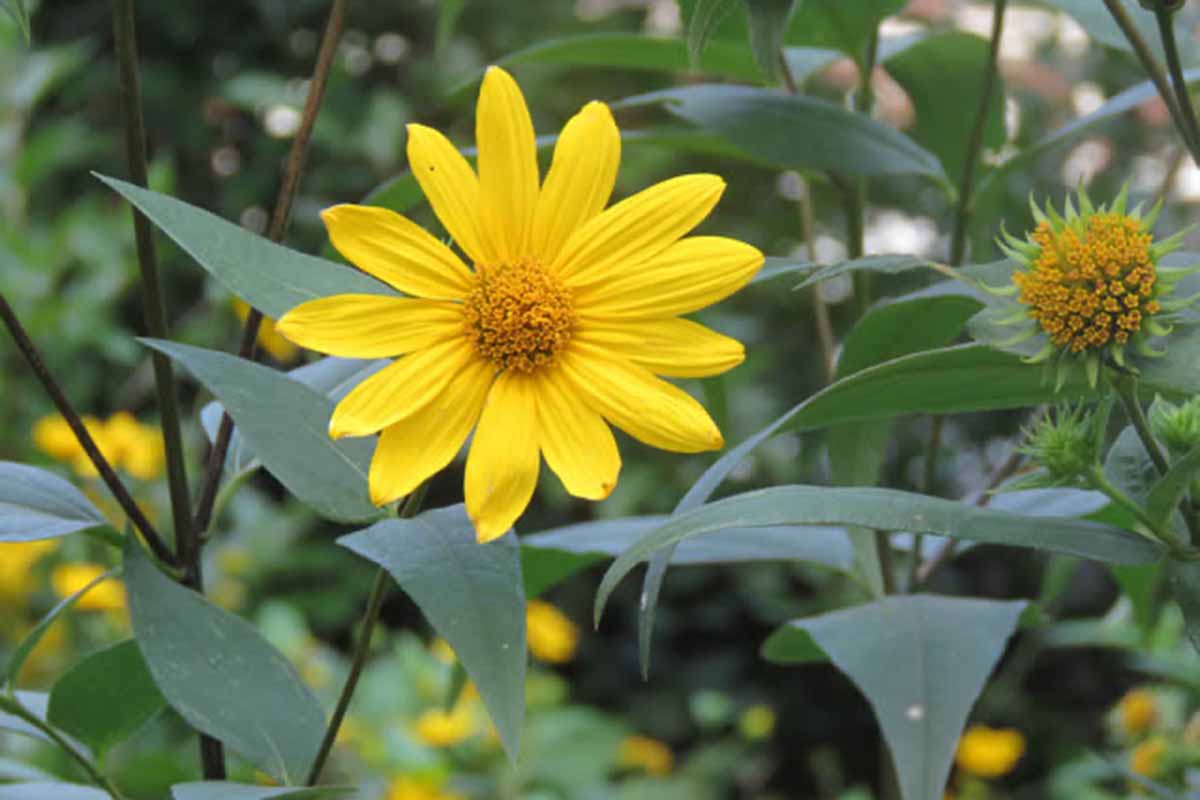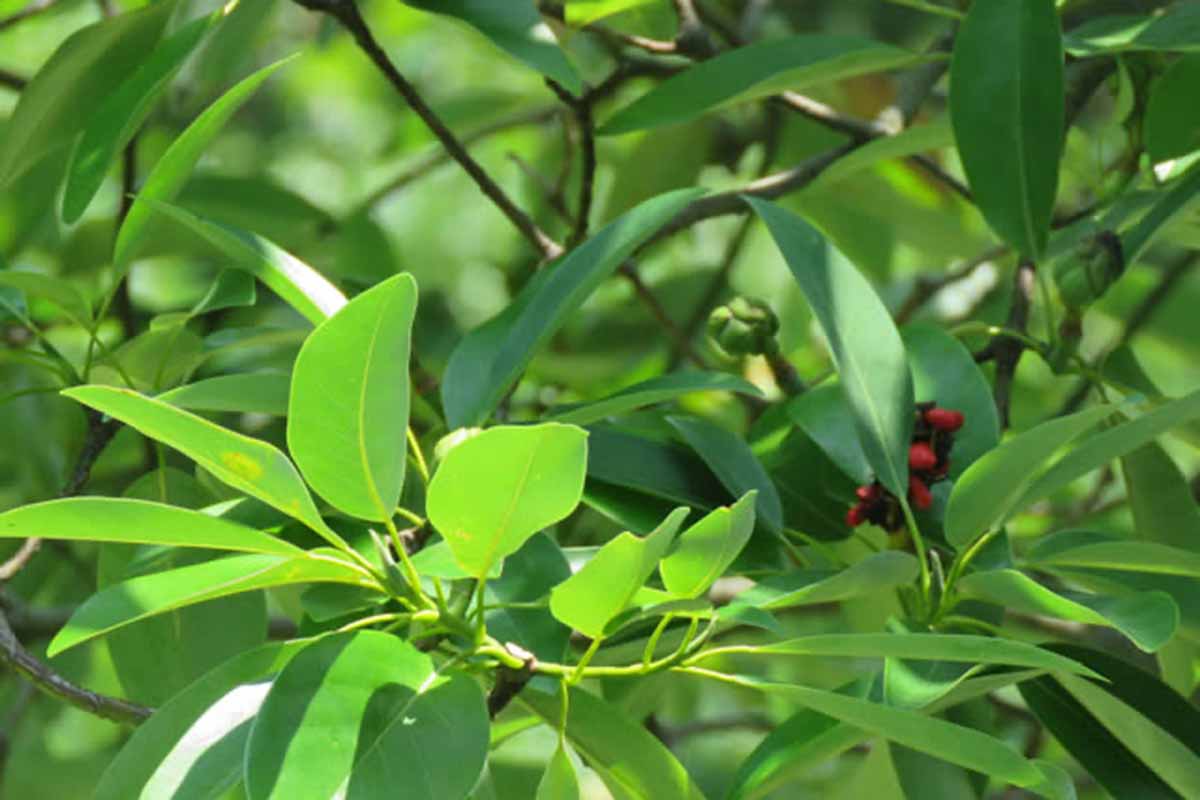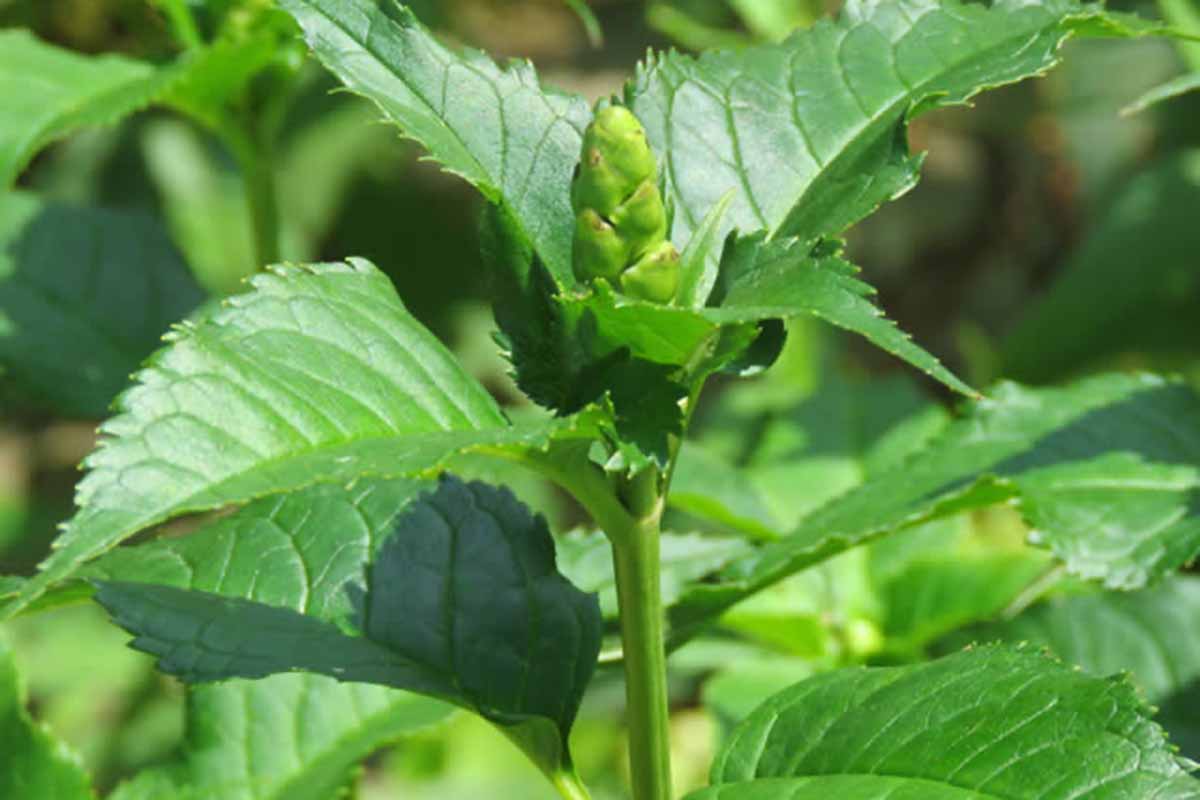Participants: 11
Weather: Sunny, Humid, 80’s F, calm
Bird Species: 9
Linnaean members entered the fascinating world of plants. We learned about their strategies for survival. Fungus, insect predators, symbiotic relationships, weather, proximity to water and other factors are involved in their adaptations. We entered the park at 103rd St. and Central Park West, then spent approximately two-and-a-half hours exploring the “Pool” and its adjacent rich habitat.
We examined Sunflower species. Each flower consists of tube-shaped flowers in the center disc, which produce the seeds, and ray flowers, which attract the pollinators. We observed a fungus on a Hawthorn Tree. The fungus is called Cedar Apple Rust and is one of many organisms that require two hosts to live. This fungus grows initially on juniper trees and in the spring releases spores, which then take up residence on leaves and twigs on Hawthorn Trees and other trees in the rose family. They do not destroy the trees, but are rather unsightly. We were intrigued by the Black Cherry Tree. This tree has two nectar glands at the base of each leaf. The nectar attracts ants, which protect the tree from harmful insects. It also produces nectar in its flowers for pollination. The Bald Cypress grows knobs known as knees when near water for oxygenation, but it does not grow these knobs when it grows on a dry area. Trees that shed part of their bark, like the London Plane Tree, shed parasites and lichen which grow on the bark. We examined galls on the leaves of several plants, including the Hackberry tree leaves. Many other plant species develop galls. Each is formed by a unique species of insect, and the gall that develops is distinct in shape. The insect lays its eggs under the tissue of the leaf, and the leaf compartmentalizes the larvae by constructing a gall to sequester it. The larvae consume the tissue of the gall and eventually emerge from the gall. Hackberry Trees have many galls on their leaves. Sweet Gum Trees grow easily. Sweet Bay Magnolia is a native Magnolia along with River Birch.
Leaf Miners are the larvae of a variety of insects, such as certain flies, moths and other species. The female lays her eggs under the epidermis. The larvae develop and form track marks as they feed and tunnel beneath the epidermis. Eventually they emerge. We saw leaf miner tracks on the leaves of the White Snake Root
Fern species have distinctive sporangia patterns on the underside of their pinnae. Sporangia contain the spores, which are the reproductive structures for ferns. Some ferns have their sporangia on separate stalks, such as Sensitive fern, Cinnamon fern and Ostrich fern. These are called fertile fronds, and if they survive during the winter months, they provide beautiful winter interest in a garden. The first fern we examined for spore patterns was the Ebony Spleenwort, a lovely fern that was growing along the side of a stone wall. We also looked at Christmas fern along the Grotto.
Many of the flowers were not in bloom yet. White Wood Aster, Blue Aster, White Snake Root Turtlehead will blossom later. The Pool itself was covered with two tiny flowering plants that protect the Pool from algae blooms. These two plants are Duck Weed and Water Meal. Water Meal is the tiniest flowering plant. Another interesting plant is Common Burdock. It is a biennial and flowers and produces seeds its second year. Some plants survive by growing back to a smaller size when challenged. The American Plantain survives mowing by becoming a smaller version of itself. A single flower is by itself, such as a rose, but an inflorescence pertains to a series of flowers on a stem such as the American Plantain. I have listed some of the trees, flowers and ferns.
An insect that captured our attention and cameras was the Ailanthus Webworm Moth sitting on a Sunflower. It does not look like a moth, but it is. We could not note every plant at the Pool, because that activity would take many hours, There is so much to see and learn.
Species Lists
Trees
Black Cherry
Sweet Bay Magnolia
London Plane
Bald Cypress
Tulip Tree
River Birch
Black Locust
White Mulberry
Ginkgo Tree
Bottlebrush Buckeye
Hawthorn Berry
Hackberry Tree
Fragrant Sumac
Sweet Gum Tree
American Sycamore
Flowers
Swamp Rose
Pokeweed
Turtlehead
Squash (planted)
Sunflower
Blue Aster
White Wood Aster
White Snakeroot
Indian Strawberry
Wild Carrot
Asiatic Day Flower
Common Smartweed
Virginia Rose
Swamp Rose
Five-leaf Aralia
Common Burdock
Common Nightshade
American Plantain
Virginia Creeper
Porcelaineberry
Wineberry
Corralberry
Duckweed
Watermeal
White Clover
Birds
Mallard
Rock Pigeon
Mourning Dove
Blue Jay
European Starling
American Robin
House Sparrow
Northern Waterthrush
Northern Cardinal
Mammal
Eastern Gray Squirrel
Herp
American Bullfrog (h)
Butterflies
Cabbage White
Red Admiral
Monarch
Odonates
Eastern Forktail
Green Darner
Black Saddlebag
Eastern Amberwing
Blue Dasher
